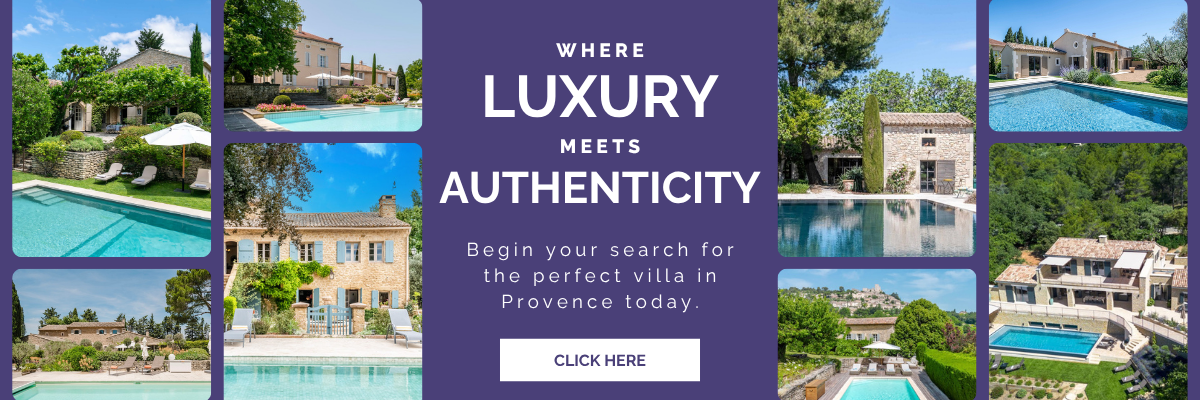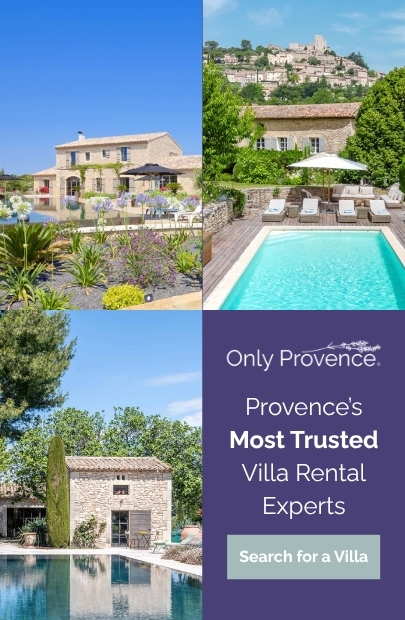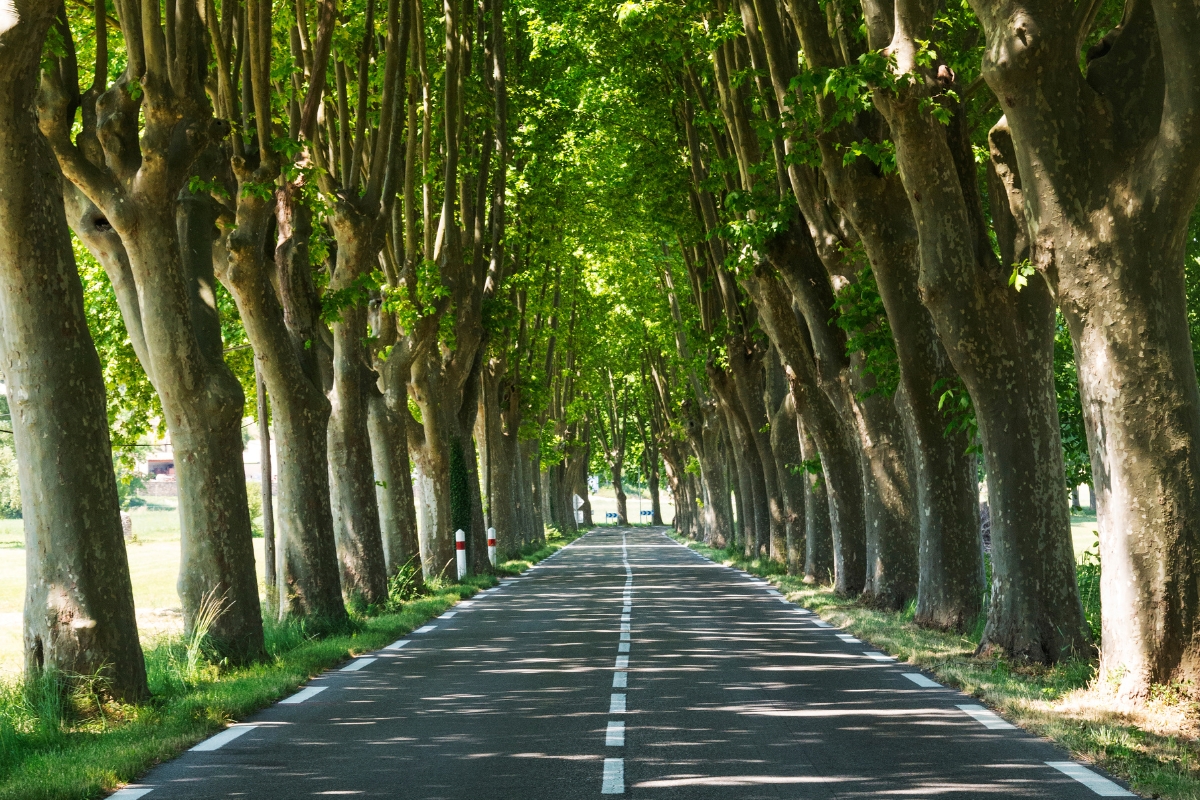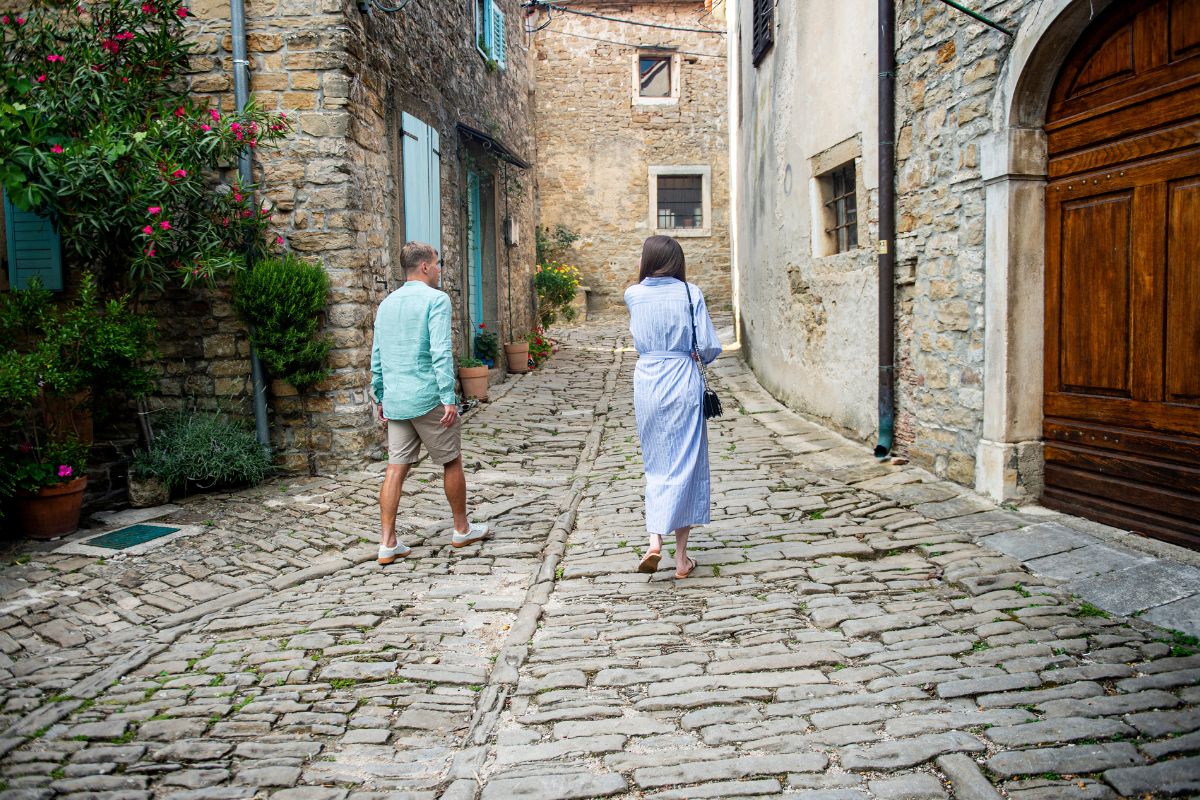
Arles in Provence: Roman Ruins, Van Gogh’s Legacy, and Provençal Life
Uncover the Timeless Charm of Arles
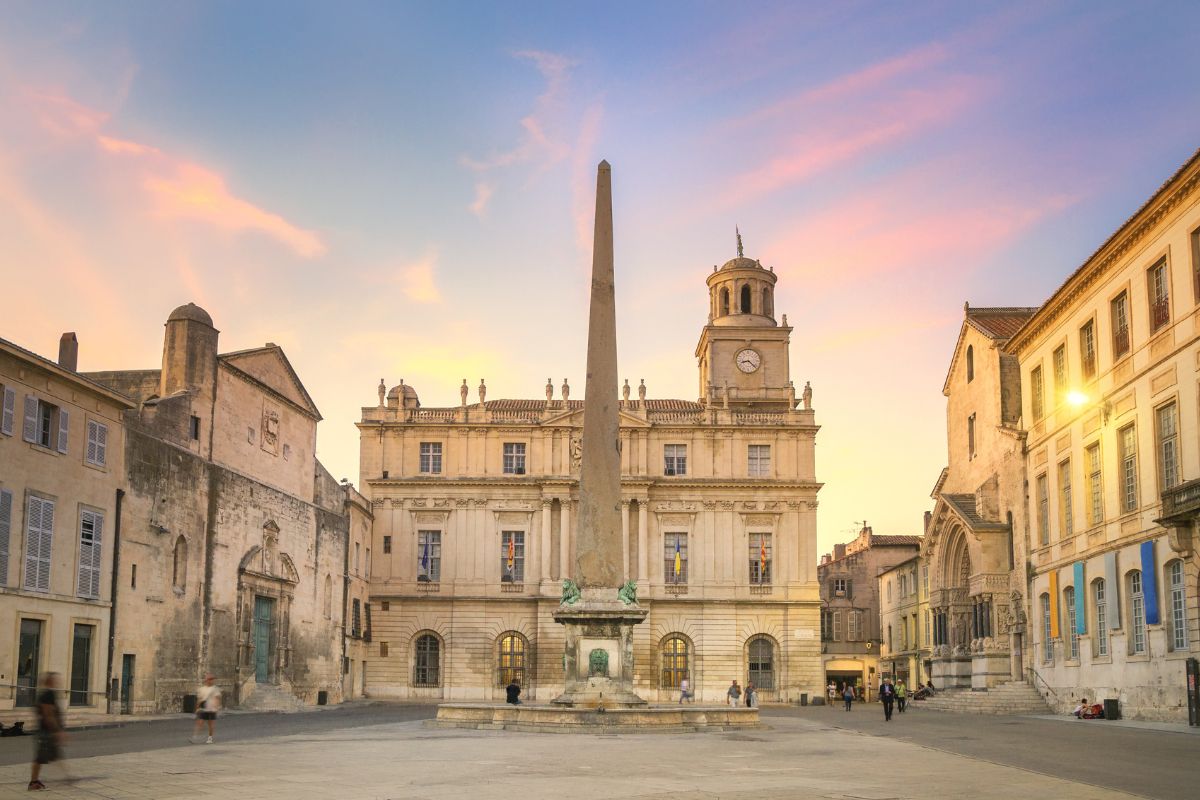
Arles is one of those rare places where time seems to fold in on itself. Roman stones sit beside medieval churches, cafés line the same boulevards that Vincent van Gogh once sketched, and the Provençal sun continues to cast that warm glow artists have been chasing for centuries.
For travelers exploring Provence, Arles is more than a stopover. It’s a city that rewards curiosity — whether you’re wandering cobbled streets, exploring ruins, tasting local wines, or simply sitting along the Rhône watching the light shift. This guide dives into the history, culture, and experiences that make Arles one of southern France’s most unforgettable destinations.
Roman Monuments of Arles
Few cities outside Italy preserve the Roman world as vividly as Arles. Once a key outpost of the Roman Empire, the city still carries the weight of its ancient grandeur in its streets and skyline. The scale of its amphitheater, the solemn beauty of its necropolis, and the quiet presence of its underground passages make it clear why UNESCO recognized Arles as a World Heritage site in 1981. Rather than feeling frozen in time, these monuments remain an integral part of daily life — arenas still fill with crowds, ancient theaters echo with music, and centuries-old stones continue to shape the rhythm of the city.
- The Arles Amphitheater: Built in the 1st century AD, this arena once held 20,000 spectators cheering on gladiators and chariot races. Today, it hosts concerts, plays, and even bullfighting events, making it one of the rare ancient sites still woven into modern life.
- Roman Theatre: Just a short walk away, this 1st-century theatre once staged comedies and tragedies for 10,000 people. Only fragments remain, including two elegant columns, but its atmosphere is still strong during summer performances.
- The Alyscamps: This Roman necropolis became one of the most famous burial sites of antiquity, lined with stone sarcophagi and cypress trees. Van Gogh and Gauguin even painted here during their time in the city.
- Baths of Constantine: A rare glimpse into Roman daily life, these thermal baths once offered hot and cold rooms for relaxation and conversation.
- Cryptoporticus: A network of underground tunnels beneath the old Forum, these vaulted corridors remain remarkably well preserved and are open for visitors to explore.
Walking through Arles is like stepping into a living museum — except this one still hosts concerts, markets, and festivals that you can visit.


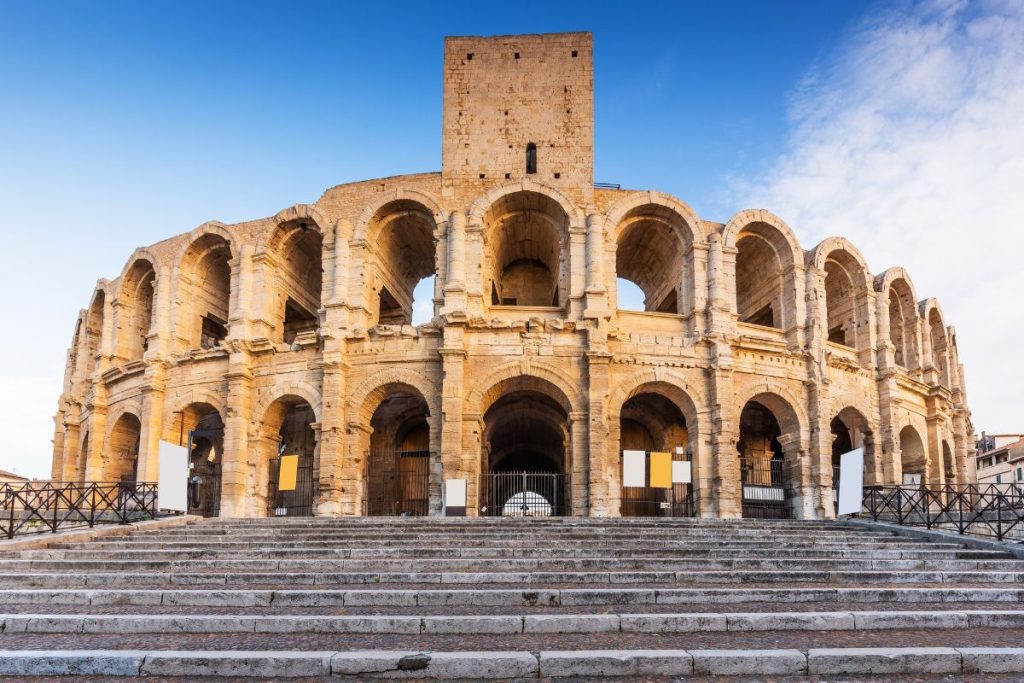
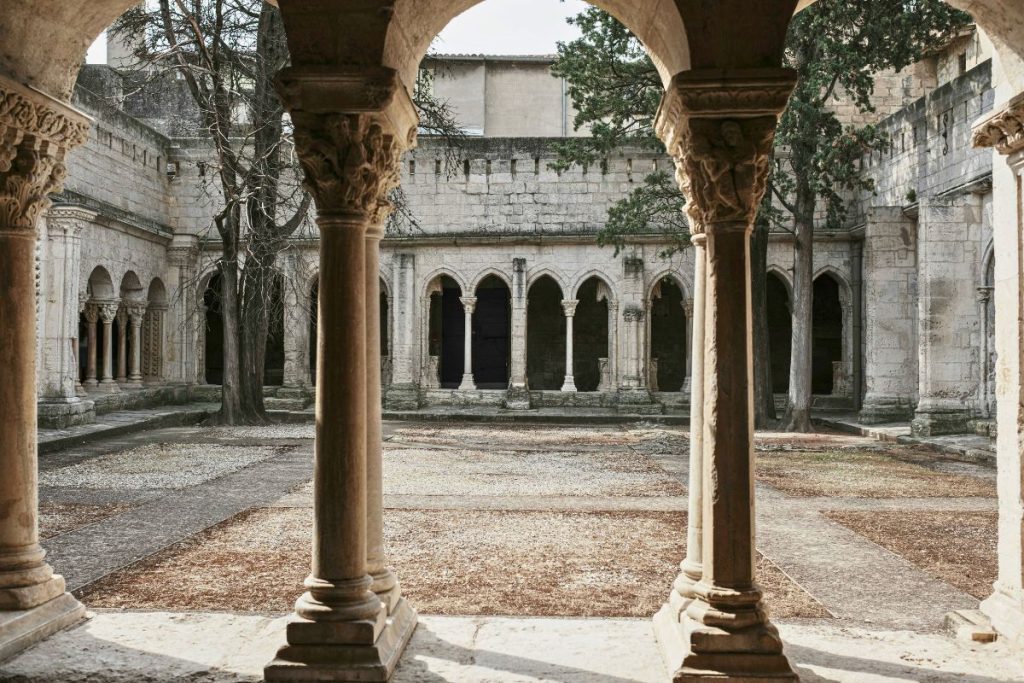
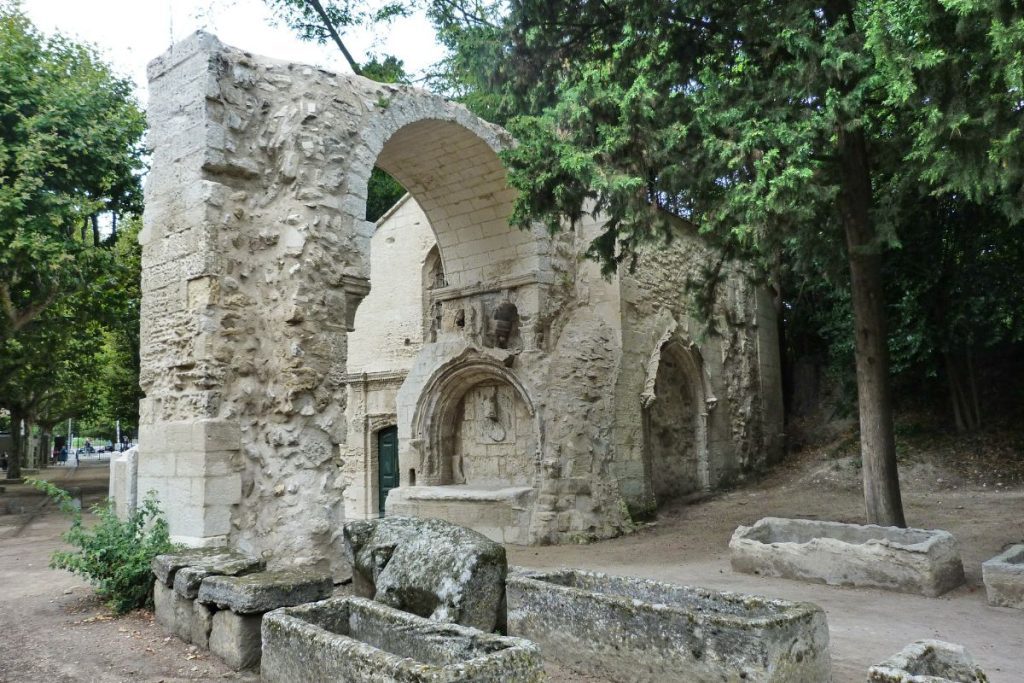
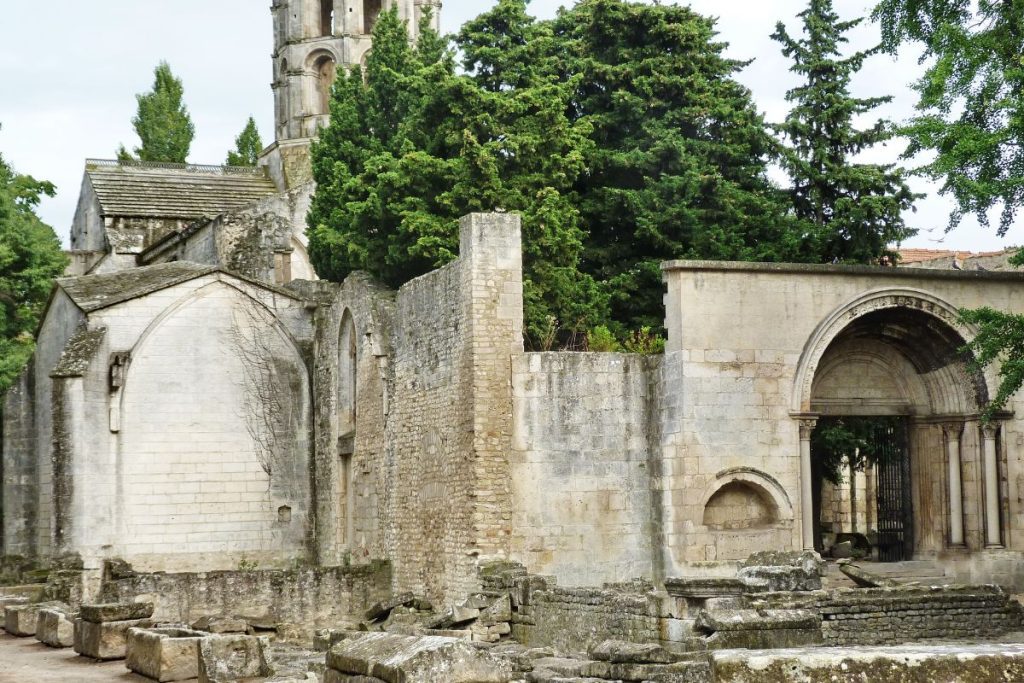
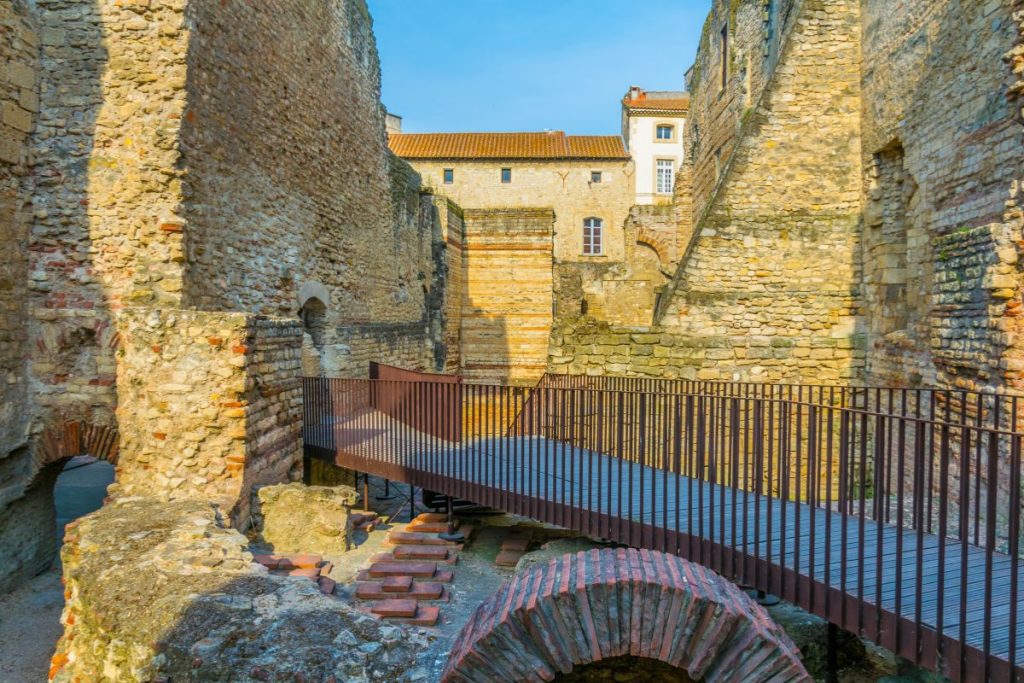
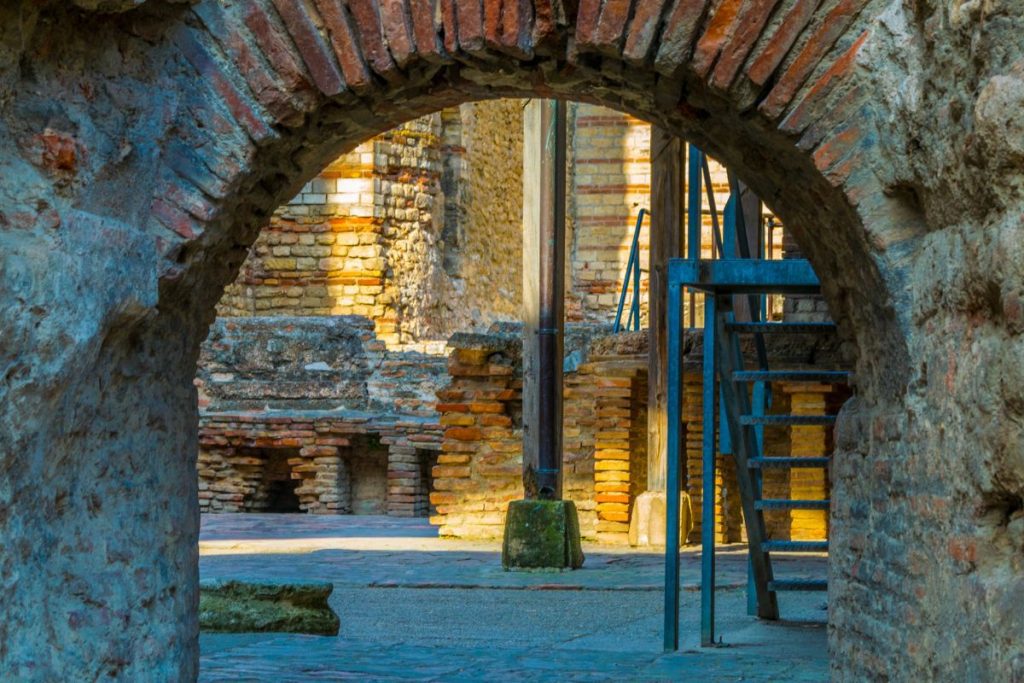
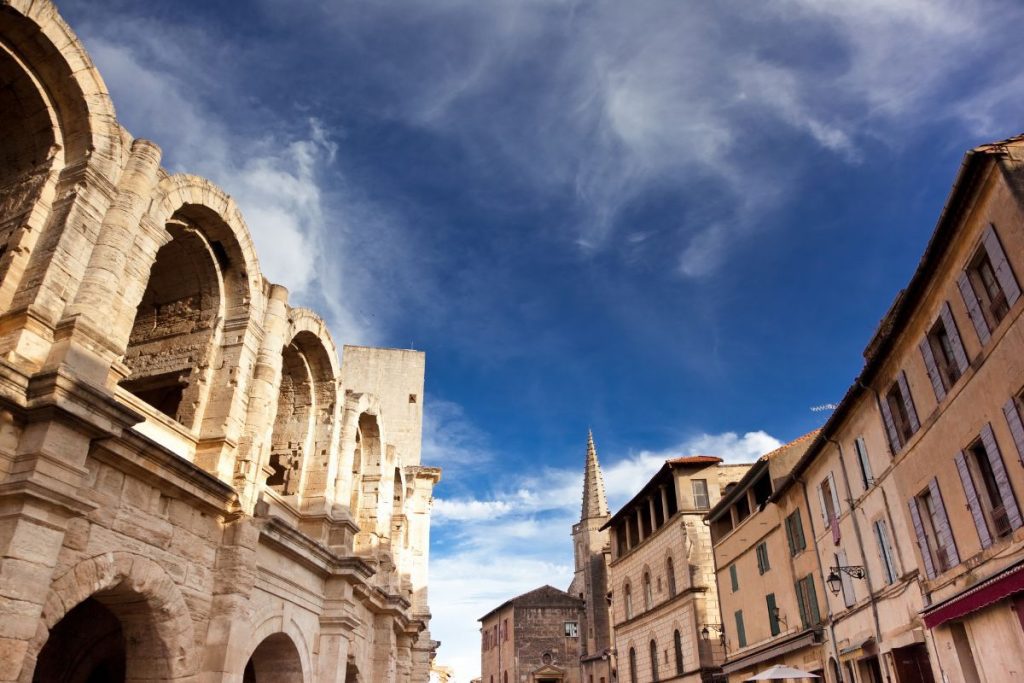
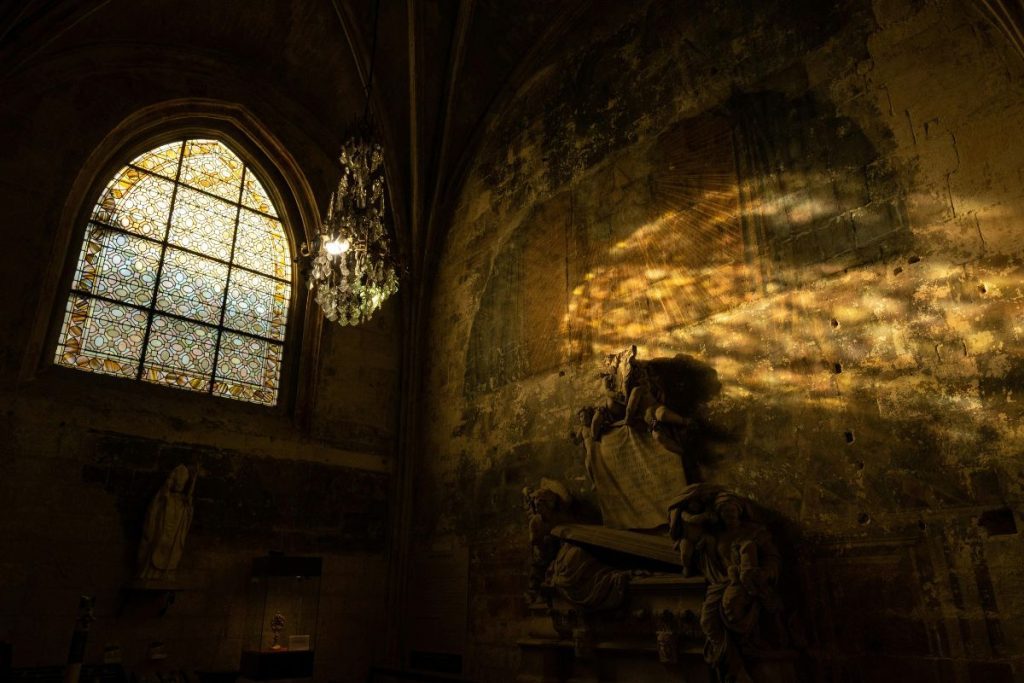
Van Gogh's Legacy in Arles
In 1888, Vincent van Gogh arrived in Arles, searching for sunlight and new inspiration. In just 15 months, he created over 300 works, including some of his most famous paintings: The Yellow House, Café Terrace at Night, and Starry Night Over the Rhône.
The Van Gogh walking trail maps out key sites that inspired him, from the Place du Forum café to the banks of the Rhône. While the original Yellow House was destroyed in WWII, the spirit of Van Gogh’s time here lingers everywhere.
The Fondation Vincent van Gogh Arles, opened in 2014, bridges his legacy with contemporary art, regularly rotating exhibitions that explore his influence on modern creativity. For art lovers, it’s an essential stop.
Van Gogh’s time in Arles wasn’t easy — his friendship with Gauguin ended in turmoil, and his mental health struggles worsened. But it’s impossible to deny that Arles gave him something vital: light, color, and a burst of creativity that changed art forever.





Markets, Festivals & Provençal Life
Arles may be steeped in history, but it’s also very much alive. The best way to feel its pulse is through its markets and festivals.
The Arles Market: Held twice weekly (Wednesdays and Saturdays), the Arles market is one of the largest in Provence. Saturday is the big one, stretching for nearly two kilometers along the boulevards. You’ll find seasonal produce, olives, lavender honey, Provençal fabrics, cured meats, and goat cheeses — alongside stalls selling antiques, clothing, and household items.
It’s a sensory overload in the best way, and a reminder that Arles isn’t just for tourists; it’s a real working city where locals come to shop and socialize.
Festivals in Arles
Rencontres d’Arles Photography Festival: Every summer since 1970, Arles transforms into the world capital of photography. Exhibits pop up in historic chapels, warehouses, and Roman ruins, attracting artists and visitors from around the globe.
Feria d’Arles: This twice-yearly bullfighting festival fills the streets with parades, music, and dancing. Even if you skip the corrida, the atmosphere in town is electric.
Traditional fêtes: Throughout the year, you’ll find smaller events celebrating Provençal costumes, folk music, and heritage.
These gatherings give Arles a unique energy, blending its historic roots with a lively modern identity.

Food, Wine and Dining in Arles
To understand Arles, you have to taste it. The city’s identity is tied as much to its kitchens and markets as to its amphitheatre and galleries. Here, Provençal traditions meet the rustic flavors of the Camargue, creating a cuisine that is hearty, vibrant, and deeply connected to the land. From stews simmered with local bull meat to the crisp rosés poured from nearby vineyards, eating in Arles is less about ceremony and more about savoring authenticity at every table.
- Local Dishes: Try gardianne de taureau, a slow-cooked bull stew (a nod to the Camargue’s cattle culture), or brandade de morue, a creamy salt cod dish. Ratatouille and aioli platters showcase Provence’s love for fresh vegetables and garlic.
- The Camargue Influence: Being close to the Camargue wetlands, Arles offers local rice, fresh seafood, and salt harvested from the nearby marshes.
- Wine: Arles sits near the Rhône Valley, so expect excellent wines, from bold reds of Châteauneuf-du-Pape to crisp rosés from Costières de Nîmes.
For dining, the old town is full of charming bistros and terraces. A few standouts include:
- Le Gibolin: A cozy bistro popular with locals
- L’Atelier de Jean-Luc Rabanel: Michelin-starred, with inventive takes on Provençal cuisine.
- Cafés on Place du Forum: Perfect for people-watching in the same square Van Gogh painted.
Food in Arles is less about luxury and more about authenticity — simple dishes made with the freshest ingredients from the market.
Top Things To Do in Arles
- Tour the Arles Amphitheatre and Roman Theatre
- Visit the Fondation Vincent van Gogh
- Wander through the Alyscamps necropolis
- Explore the Saturday market for food and crafts
- Attend the Rencontres d’Arles Photography Festival (summer)
- Visit the Musée de l’Arles Antique for mosaics and Roman artifacts
- Stroll the old town streets and relax at riverside cafés
- Take in the Provençal sunset over the Rhône

Day Trips Around Arles
Arles is a destination in its own right, but its location also makes it a perfect springboard for exploring some of Provence’s most iconic landscapes and towns. Within an hour, you can trade Roman stones for lavender fields, step into medieval palaces, or find yourself among flamingos in the Camargue.
Whether you’re chasing history, nature, or small-village charm, the region around Arles offers day trips that feel like entirely new worlds waiting just beyond the city.
- The Camargue: Just south of Arles lies the Camargue, a wild landscape of wetlands, pink flamingos, white horses, and black bulls. Don’t miss the town of Saintes-Maries-de-la-Mer, known for its gypsy pilgrimage and beaches.
- Avignon: About 45 minutes away by train, Avignon is home to the Palais des Papes and the famous Pont d’Avignon.
- Nîmes: Another Roman gem, with its own amphitheatre and Maison Carrée temple.
- Les Baux-de-Provence: A stunning hilltop village with panoramic views and the immersive Carrières de Lumières art show.
- Provençal countryside: Lavender fields (in June–July), olive groves, and vineyards surround Arles, offering endless opportunities for drives, bike rides, and picnics.







When To Visit & Travel Tips
Best Seasons
- Spring (April–June): Mild weather, blooming landscapes, and lively markets.
- Summer (July–August): Festivals and long evenings, but also hotter temperatures and more crowds.
- Autumn (September–October): Harvest season, cooler days, and fewer tourists.
- Winter (November–March): Quiet, atmospheric, and great for exploring without crowds.
Getting There: Arles is well connected by train, with direct routes from Marseille (1 hour), Avignon (45 minutes), and Nîmes (30 minutes). The nearest airports are Marseille Provence (70 km) and Nîmes-Alès-Camargue-Cévennes (25 km).
Getting Around: The city itself is walkable, and cycling is popular for exploring the Rhône and Camargue. A car is useful if you plan on day trips to nearby villages or countryside.

Why Arles Captures the Spirit of Provence
Arles is more than a city of monuments. It’s a place where the past and present coexist — where Roman amphitheatres still host performances, where Van Gogh’s brushstrokes still echo in the light, and where Provençal culture thrives in markets and festivals. Whether you’re here for history, art, food, or simply the atmosphere, Arles offers a complete taste of Provence.
Spend a day, or spend a week. Either way, Arles leaves its mark — as it has for centuries on emperors, artists, and travelers alike.
Stay in Provence: Your Villa Awaits
Exploring Arles and the surrounding region is even more rewarding when you have a Provençal home base to return to at the end of the day. A private villa offers the best of both worlds — proximity to historic towns and markets, along with the privacy, space, and comfort that make your trip unforgettable. Imagine mornings with fresh croissants by the pool, afternoons wandering Roman streets or lavender fields, and evenings gathered around a long table with local wine and friends.
Only Provence offers the largest curated collection of luxury villas in the region, from historic stone farmhouses to contemporary estates with sweeping views. Each property is hand-selected for character, comfort, and authenticity, with concierge services available to arrange everything from private chefs to guided tours.
Ready to experience the magic of Provence for yourself? Contact a Villa Rental Specialist today to begin planning your stay and find the perfect villa from which to explore Arles, the Camargue, and beyond.
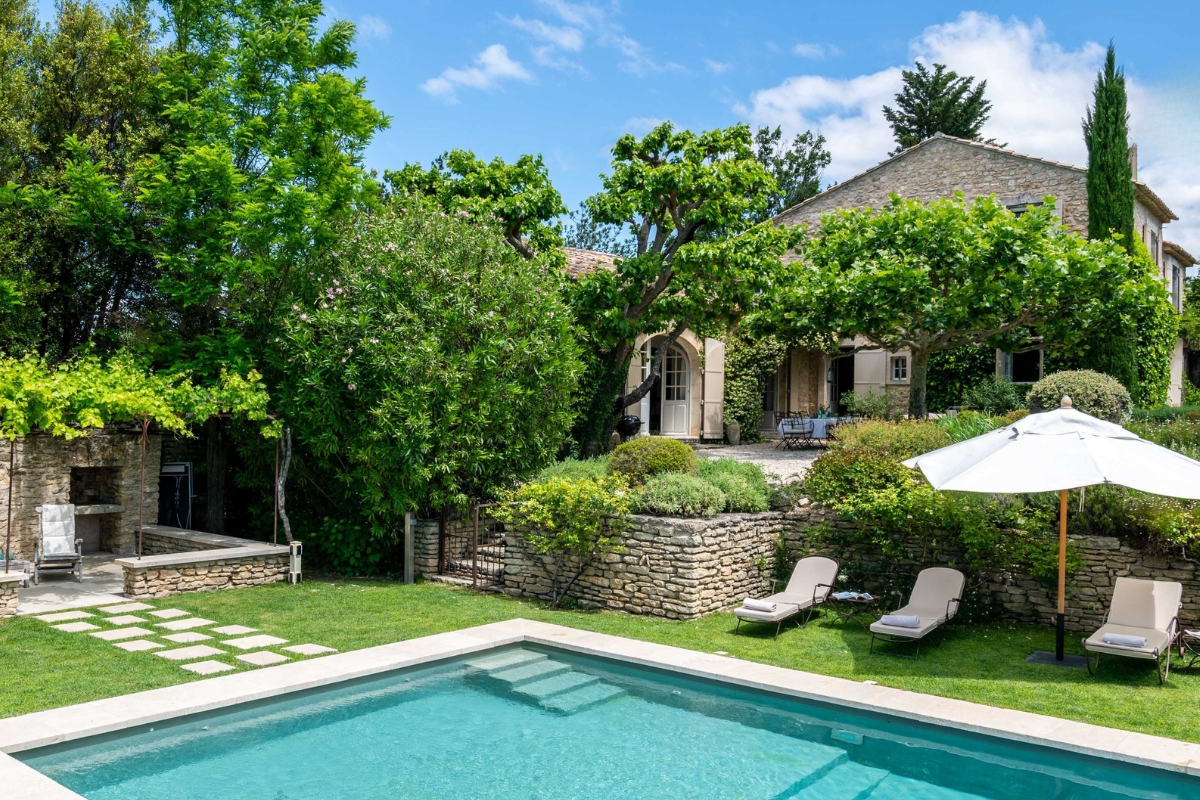
FAQ About Visiting Arles
Yes. Arles combines Roman history, Van Gogh’s legacy, Provençal culture, and access to the Camargue. Few cities pack in as much diversity.
One day covers highlights, but two to three days give time for markets, museums, and day trips.
Its Roman amphitheatre, UNESCO monuments, Van Gogh’s paintings, and the Rencontres d’Arles Photography Festival.
Yes, it’s easy from Avignon, Nîmes, or Marseille. Staying overnight, though, lets you experience the quieter, more authentic side of the city.
Dishes like bull stew (gardianne de taureau), Camargue rice, and Provençal classics like ratatouille and aioli.
Saturday mornings, when the market is at its largest and liveliest.

Related Posts You Might Like

The Ultimate Provence Travel Guide: Where to Stay, Eat, and Explore in 2026
A complete guide to experiencing the magic of southern France—where to stay, what to eat, and how to explore—with villas curated by Only Provence, the […]
Read More… from The Ultimate Provence Travel Guide: Where to Stay, Eat, and Explore in 2026

Generations Gathered: How to Plan the Perfect Multigenerational Trip to Provence
From lavender fields to market mornings, discover how a Provence villa stay creates shared memories that span generations. Provence: Where Time Slows and Family Connects […]
Read More… from Generations Gathered: How to Plan the Perfect Multigenerational Trip to Provence
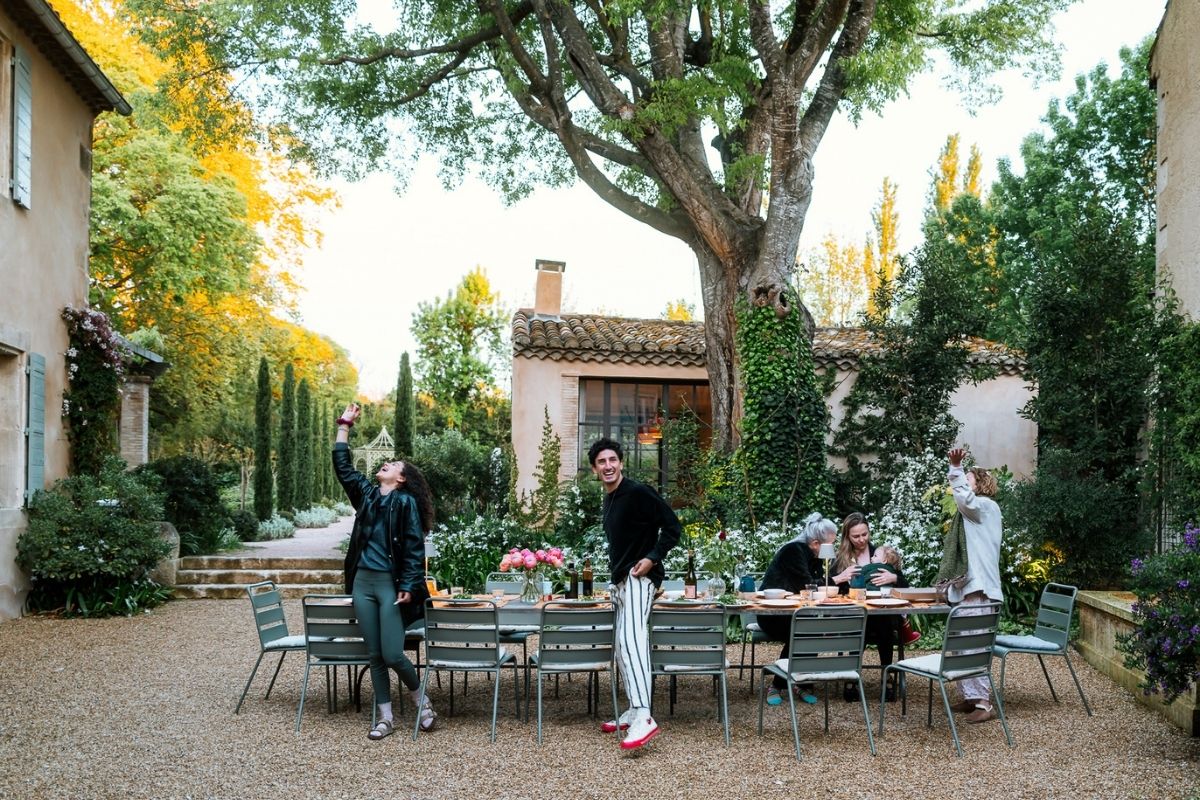
Why Renting a Luxury Villa in Provence Feels Like Coming Home
Join us as we share why discerning travelers choose a private villa stay in Provence—and never look back. Where you stay in Provence shapes how […]
Read More… from Why Renting a Luxury Villa in Provence Feels Like Coming Home

Arles in Provence: Roman Ruins, Van Gogh’s Legacy, and Provençal Life
Uncover the Timeless Charm of Arles Arles is one of those rare places where time seems to fold in on itself. Roman stones sit beside […]
Read More… from Arles in Provence: Roman Ruins, Van Gogh’s Legacy, and Provençal Life
A distinct collection of luxury villa rentals and real estate for sale in the South of France
- offering all comforts and amenities - pool, housekeeping, and chef services.
© 2025 Only Provence
Contact Us:
- USA: +1 (404) 806-2278
- Europe: +44 (0)2030 965433
- info@Only-Provence.com
Luxury Rental Villas in Provence:
Villages in Provence:


Only Provence co-founder Lydia Dean writes about their experiences raising a family, building a business in Provence, and later combining the love of travel with giving back in "Jumping the Picket Fence”. In 2021, she published “Light Through the Cracks,” a continuation of her journey, much of which has been based in Provence. Both books are available Amazon, Amazon.uk, and Amazon.Fr.

